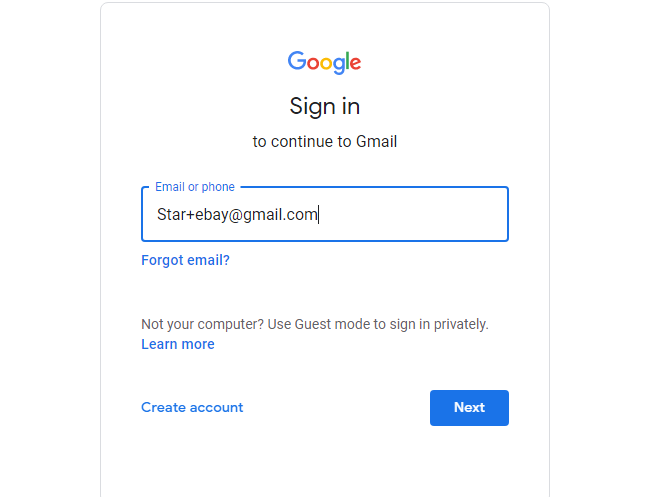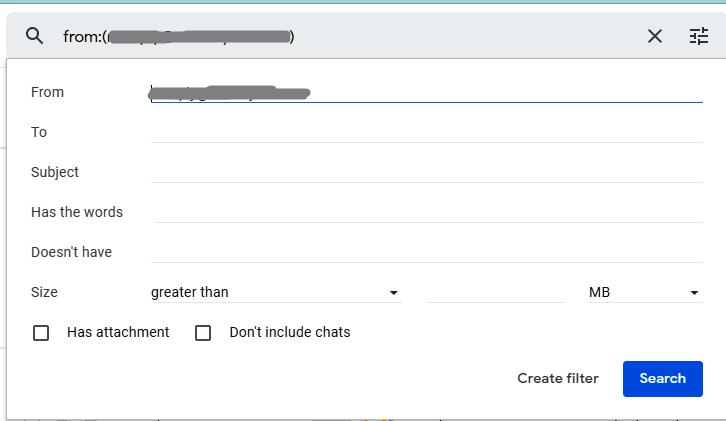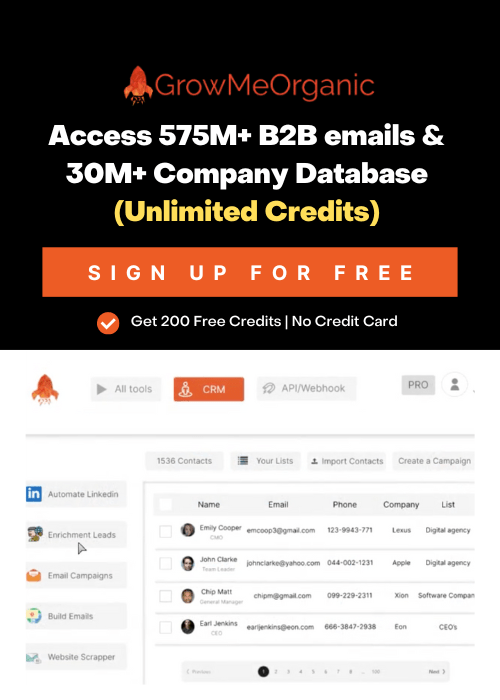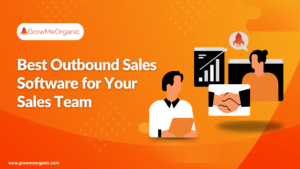Spam emails could be from a relative you have never heard of in the form of a $500,000 inheritance, 100% discounts, or new Instagram followers. These are annoying, harmful, and always unwanted.
You might still get spam emails in 2022, but how to get rid of them? In this article, you will be able to learn how to protect your email address from spammers and keep your inbox clean.
Why You Should Get Rid of Spam Emails?
Around 50–54% of global email traffic is from spam emails. Due to the COVID-19 outbreak, scam activities have increased. Most of the spam and phishing emails were reported in April 2020 which was around 51%.
Well, spam emails are much worse than unsolicited emails. Your inbox becomes unmanageable and it gets harder to navigate through the important emails. For instance, you can miss a notification from a bank or open a malicious link accidentally.
So, never pile up spam emails as digital trash keeps data centres running and misuses energy.
Where Do Spam Emails Come From?
Bot-crawlers such as spiders and email harvesters scan web pages and collect contact information. They generally capture specific symbols such as “@,” or “username1994[@]domain.com.”. No matter where you place your address, bots generally find them easily. This is one of the most common ways through which spam emails enter your inbox.
In the second method, the bot scrolls through all the possible combinations of guesses and letters in your email address. This happens if you have a unique corporate domain. Hence, this is a type of virus that scans files on infected computers and stores personal information. So, once your address gets stored in a spammer’s database, it gets spread to others.
Though anti-spam laws prohibit operators from selling mailing lists, many websites share your personal information with third-party services.
So, before signing up, open the website’s terms of service and look for keywords such as “affiliates,” “partners,” and “partner companies.” You will be able to find out how email addresses are getting shared.
How to prevent spam emails?
Let’s go through some ways to prevent spammers from entering your inbox-
Opt For Another Email Address
Always use one address for communications with organizations, partners, and colleagues. You can use the other email address for collecting promotional emails, confirmation emails, subscribing, registering, and offers. This ensures that the promo emails are separated from conversational emails.
Never Disclose Your Email Address On Social Media
Social media and promo sites are mostly used with friends and customers. So, never keep your contacts completely out of sight but you can use DMs on social media handles. This way you can share your email address with a narrow circle of people, reducing the risk of receiving spam that could lead to a virus or malware on your system. If you suspect that your device is infected, you can learn how to remove phone virus.
Help Domains by Reporting Spam
It is important to check your spam folder every day. Though there are anti-spam tools that use machine learning to recognize spam, even real emails surpass them sometimes. Always report spam emails as spam and help email service providers to filter between real and spam emails.
Trace who is Selling and Sharing Your Email Address
Gmail allows you to receive email addresses with a plus sign following your user name. For instance, username+website@gmail.com. So, “website” is the name of the website you are signing up for. The text following your address tells you where these emails are original. So, not every website will recognize a plus sign as a valid character.
Don’t interact with spam emails
Never click, respond or open any content from an unsolicited email. These emails contain a tracking pixel code that notifies scammers and monitors your address.
Nowadays, by default, many email clients block images in spam emails.
It is easy to recognize spam emails if they come from suspicious addresses. They might have tacky subject lines and include many exclamation marks.
How Can You Stop Getting Spam Emails?
Email service providers don’t need a special spam blocker. Google can stop 99.9% of spam messages based on its AI-based algorithms. Though the technology still has some flaws and sometimes commercial emails interrupt work-related conversations.
There are filter settings that allow you to control and categorize the stream of emails you receive. Through Gmail filters, you can organize your inbox by following the steps-
- Open an email that is especially prolific in sending emails.
- Click the three-dot icon in the toolbar.
- Select “Filter messages like these.”
- Select the keywords for this particular filter.
- Create a special label for these messages.
With the three-dots icons in the header of an email, you can report spam phishing or block the sender. This helps algorithms detect spam more precisely.
How to protect your email address from spammers?
Let’s go through some reliable ways to secure your email address-
- Adding reCAPTCHA on a website- Nowadays, users don’t need to look for road signs and cars on blurry pictures. eCAPTCHA technology is a clickable button that loads in two seconds without any delay.
- Use contact forms- Using contact forms you can communicate with your users and customers and tell them to fill out these forms.
- JavaScript obfuscation- In this, you can produce a clickable email link for users while obscuring the address from crawlers. This method can trip up an inexperienced user who doesn’t know Javascript.
Feedback forms and contact forms are user-friendly and convenient.
How to deal with tons of promotional emails?
Many brands send at least one email a day. Some users will like to receive special offers but others prefer to limit the number of commercial emails. So, if you receive a high number of promo emails they don’t need to be spam.
So, by just clicking “It’s spam,” you can make it difficult for the brand to reach out to its customers. Another way is to just click “Unsubscribe” in the footer of any email.
About Post Author
Anant Gupta
Growth Hacker, Marketing Automation Enthusiast & Founder of GrowMeOrganic














